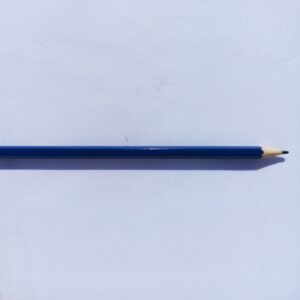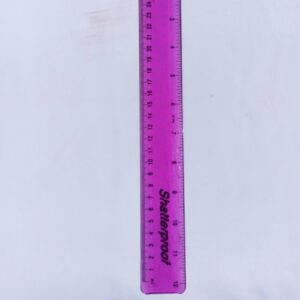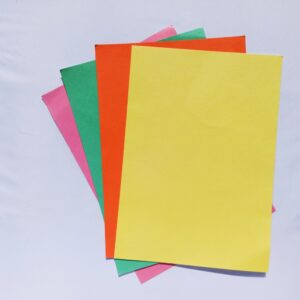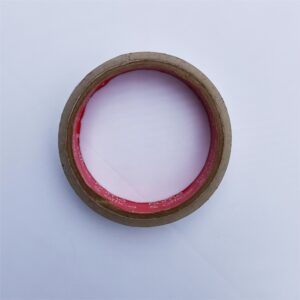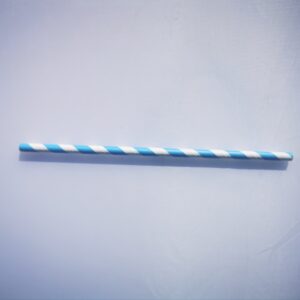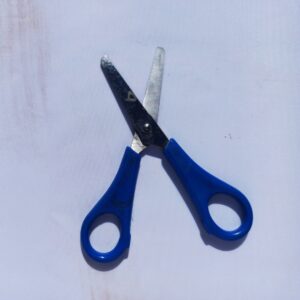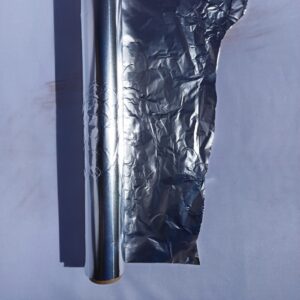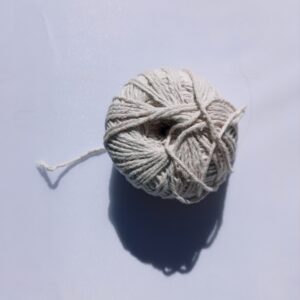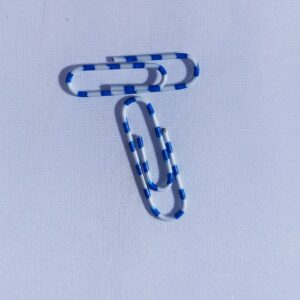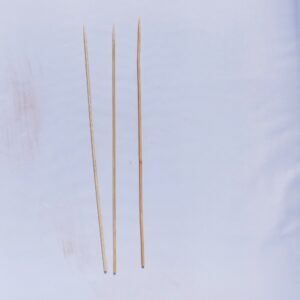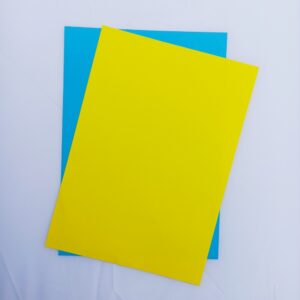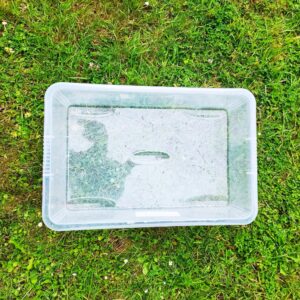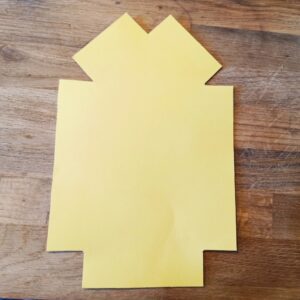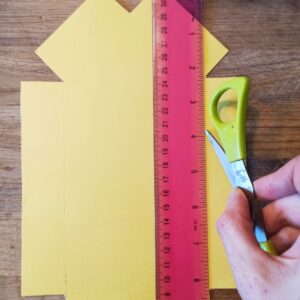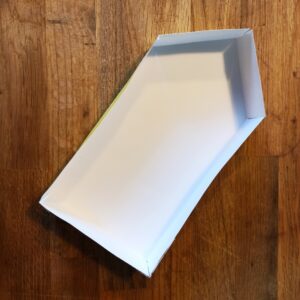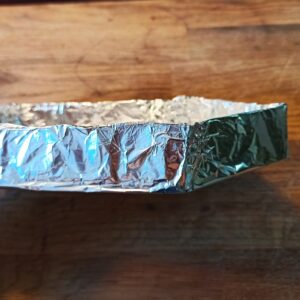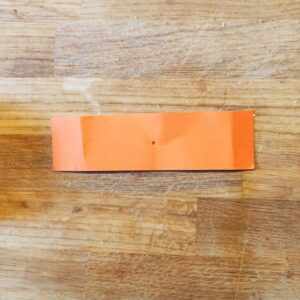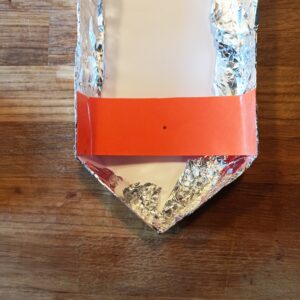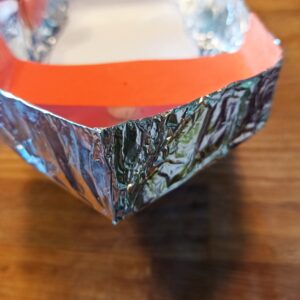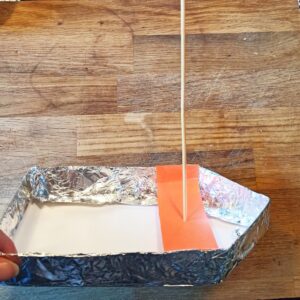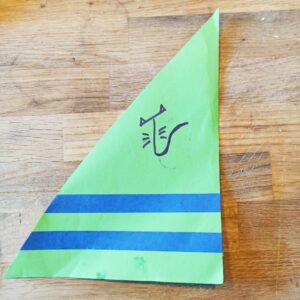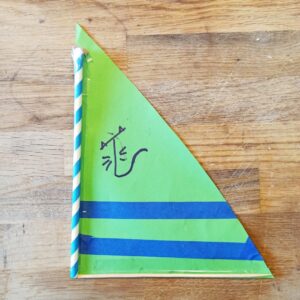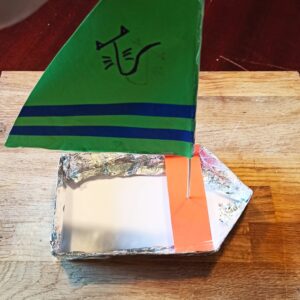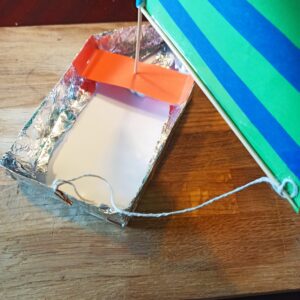How do sailing boats work?
How do sailors use the wind to move the boat the way they want to go?
You can make a sailboat to test this out.
Difficulty Level:

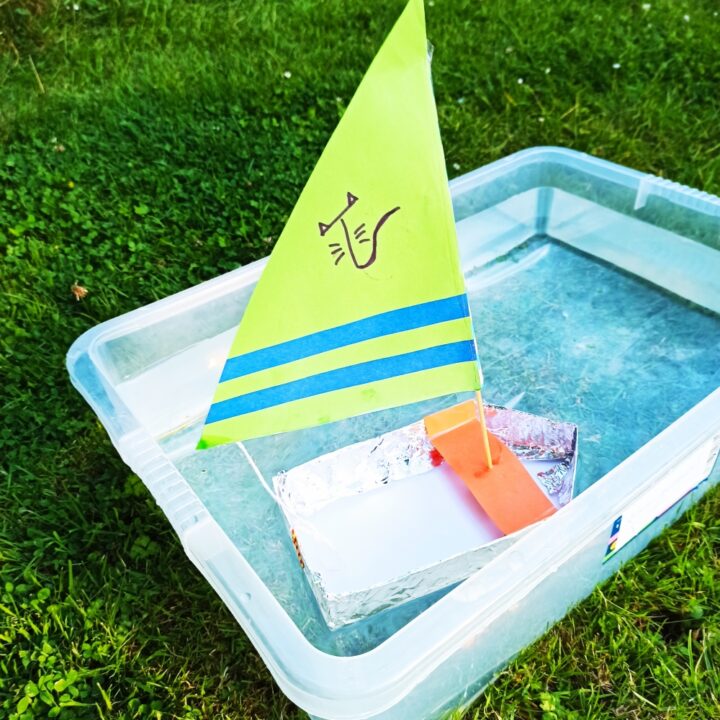
What you need:
Equipment:
- Pencil
- Ruler
- Strong card
- Sellotape
- Drinking straw (paper is best)
- Scissors
- Kitchen foil
- Clay
- String
- Paper clip
- Wooden sticks (bbq sticks, or even a straight thin stick would work)
- Coloured paper
- Small plastic bottle
- Large plastic tub, paddling pool or bathtub
Method:
- Print out the template (find it here), and draw around onto your card, using a ruler to guide you. Or draw it carefully using a pencil and ruler.
The bottom should be about 10cm (4 inches) wide, and they should be about 15cm (6 inches) long. Each flap should be 4cm (1½ inches) deep.
Hint: Make sure the edges are straight and the corners are square. - Cut out your boat shape.
- Using scissors and a ruler, score along the lines inside the base of the shape (these are the dotted lines).
- Bend up the sides and sellotape to fix the corners together.
- Cover the outside of the shape with foil, neatly folding the foil over the sides. This makes your boats more waterproof.
- Cut another strip of card, a little longer than the width of the hull (around 12cm (4½ inches) long). Pierce a hole in the middle (you can use a sharp pen or pencil, or the end of your scissors).
- Right next to the pointed end of your boat, push the card strip halfway down, bending the excess card into flaps. Attach these flaps to your boat using sellotape.
- Push some clay under the hole in your card.
- Push your wooden stick through the hole and into the clay. It should hold tight.
- Cut a sail from paper. Decorate it if you want to.
- Using tape, attach a straw to the long side of your sail and a wooden stick to the bottom. Tape a little bit of paper or card over the top of the straw.
- Slip your sail over the stick mast on the boat.
Hint: If it falls over add more plasticine to hold it. - Attach a paper clip to the back of your boat. Thread a piece of string about 20cm (8 inch) long through this and then tape it to the wooden stick at the bottom of your sail.
- Now you are ready to investigate how your sailing boat works! Put it into a tub/bath/paddling pool of water and wave a large sheet of paper near it to create wind and move your boat.
Try out different wind directions. How does the wind direction change the direction the boat moves it?
What about changing the position of your sail? Alter it using the string taped to it. How does changing the position of the sail change how the boat moves?
To sail in the direction they want to go, a sailor must look at the direction the wind is blowing from and use their knowledge to adjust the sail position to make sure they make the most of the wind and move in the right direction. If trying to sail towards the wind, a boat cannot travel straight into it or the wind would blow it backwards. It must travel in a zig-zag course. This is called tacking.
The science behind it all
Sleek, narrow hulls create less water resistance than wide hulls, so boats with this shape can move through the water faster. Boats are usually pointed to help them cut through the water and reduce water resistance. By reducing water resistance boats also need to use less energy, which is better for the environment.
Cargo ships, which are designed to carry lots of weight, have a more square-shaped hull as the speed is less important than stability and carrying the biggest amount of cargo.
Further suggestions
Why not try some other boat shapes to see how they work. What about a wiggly or zigzagged bow, how does that change the speed?
What do you think would happen if you added a bigger weight at the end?

